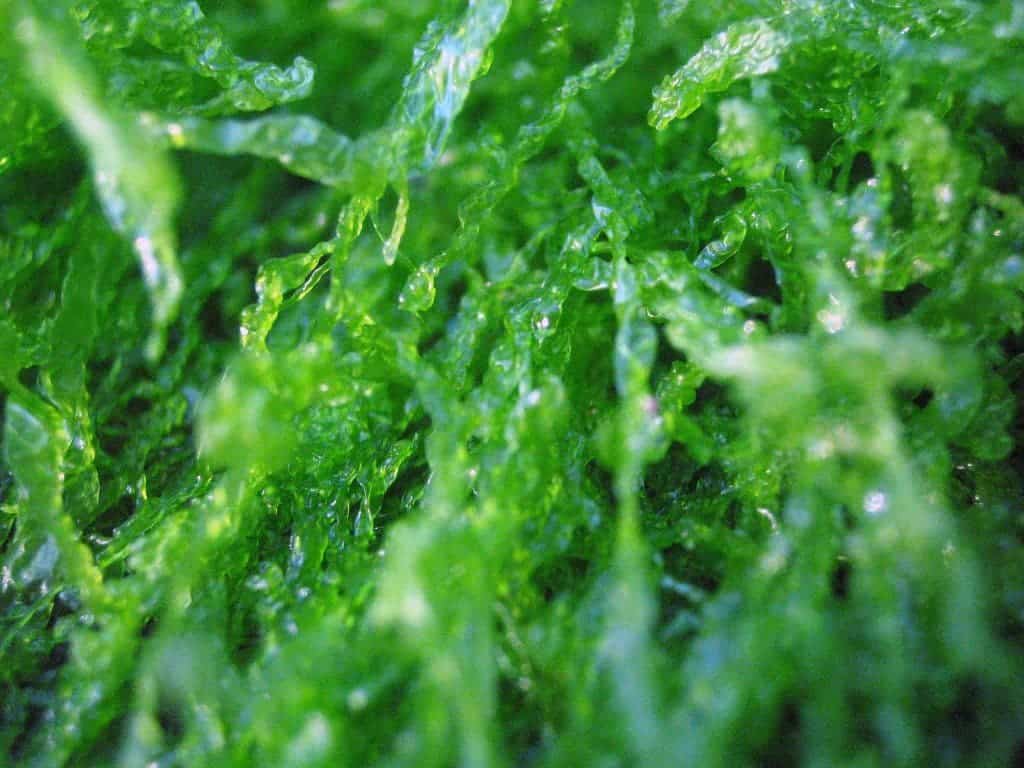For the first time, researchers have used 3D printers and a novel bioprinting technique to develop a sustainable material made from algae that is tough and resilient. The material could have a wide range of applications, from space exploration to the fashion industry, eventually producing sustainable clothing.

New in fashion
New materials incorporating living organisms such as algae and bacteria — and the everyday products made with these materials — offer alternatives to less sustainable but commonly-used materials do a lot of environmental harm. The need to cut down on greenhouse gas emissions and on fossil materials require novel material solutions to be developed, and this algae material is just what the doctor ordered.
“3D printing is a powerful technology for fabrication of living functional materials that have a huge potential in a wide range of environmental and human-based applications,” Srikkanth Balasubramanian, lead author, said in a statement. “We provide the first example of an engineered photosynthetic material that is physically robust enough to be deployed in real-life applications.”
To create the living material, the researchers started working with non-living bacterial cellulose, an organic compound that is produced and excreted by bacteria. It has unique mechanical properties, such as flexibility, toughness, strength, and ability to retain its shape – even when twisted, crushed, or otherwise physically distorted. It’s exactly what you want in clothing.
The researchers then used a 3D printer to deposit living algae onto the bacterial cellulose. The bacterial cellulose is like the paper in a printer while living microalgae acts as the ink. The combination of both components led to creating a material with the robustness of the bacterial cellulose and the photosynthetic quality of the algae, blending the best of both worlds.
It’s tough and resilient while also eco-friendly, biodegradable, and simple and scalable to produce. The plant-like nature of the material means it can use photosynthesis to “feed” itself over periods of many weeks, and it is also able to be regenerated — a small sample of the material can be grown on-site to make more materials. This would allow the fashion industry to become more circular and less wasteful.
Beyond fashion
These features make the material a good candidate for a wide variety of applications in areas such as energy, medicine, fashion, and space technology, the researchers argued. They even suggested that it could be used to develop artificial leaves, photosynthetic surfaces, or photosynthetic garments.
Artificial leaves are materials that mimic actual leaves, using the sunshine to convert water and carbon dioxide into oxygen and energy. Just like it happens in photosynthesis. Leaves store energy in chemical form as sugars, which can then be converted into fuels. This render leaves as a way of producing sustainable energy in places where plants don’t grow well.
“For artificial leaves, our materials are like taking the ‘best parts’ of plants – the leaves – which can create sustainable energy, without needing to use resources to produce parts of plants that need resources but don’t produce energy,” Anne Meyer, co-author, said in a statement. “We are making a material that is only focused on the sustainable production of energy.”
The materials could also change the fashion sector, the researchers argued. Clothes made from algae would address some of the negative environmental effects of the textile industry, manufacturing high-quality fabrics that would be sustainability produced and completely biodegradable. Plus, they would not need to be washed as often as conventional clothes.
The study was published in the journal Advanced Functional Materials.


